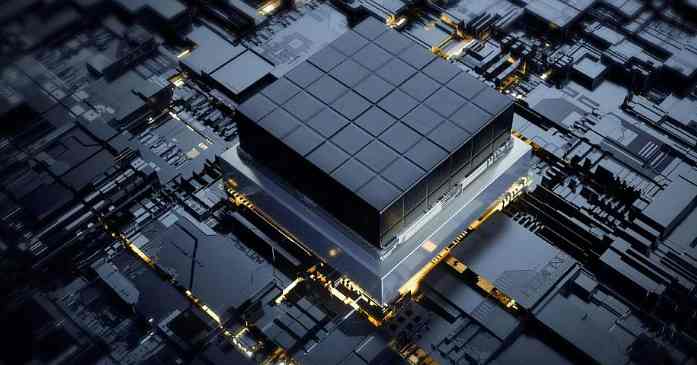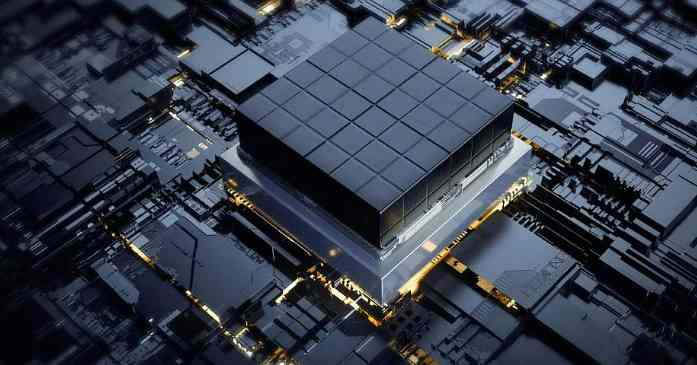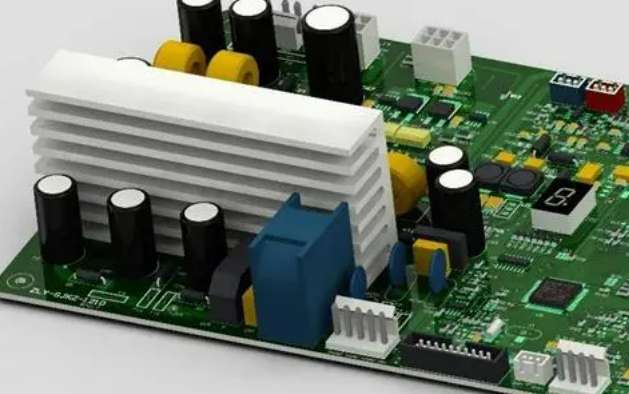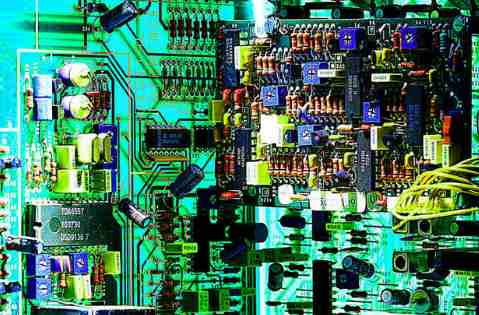
Copper coating is an important part of PCB design. Whether it is domestic PCB design software or some foreign Protel, PowerPCB provides intelligent copper coating function. So how to apply copper well, I will share some of my own ideas with you, hoping to bring benefits to the peers.
The so-called copper coating, is to use the idle space on the PCB as the base level, and then fill with solid copper, these copper areas are also known as copper filling. The significance of copper coating is to reduce the ground impedance and improve the anti-interference ability. Reduce voltage drop, improve power efficiency; Connected with the ground wire, it can also reduce the area of the loop.
Most PCB manufacturers also require the PCB designer to fill the open area of the PCB with copper or grid-like ground wire in order to keep the PCB welded as undistorted as possible. If the copper is handled improperly, it will not be worth the loss, whether the copper is "more advantages than disadvantages" or "disadvantages than advantages"?
Everyone knows that at high frequencies, the distributed capacitance of the wiring on the printed circuit board comes into play. When the length is greater than 1/20 of the wavelength corresponding to the noise frequency, an antenna effect occurs and the noise is emitted outward through the wiring. If there is a poorly grounded copper coating in the PCB, the copper coating becomes a noise transmission tool. Therefore, in the high frequency circuit, do not think that the ground ground somewhere, this is the "ground wire", must be less than λ/20 spacing. The wiring is perforated and "well grounded" to the ground plane of the multilayer. If the copper coating is properly treated, the copper coating not only has the dual role of increasing current, but also shielding interference.

There are generally two basic ways to cover copper, that is, large area of copper and grid copper, it is often asked that large area of copper or grid copper is good, not good to generalize. Why? Large area of copper coating, with increasing the current and shielding dual role, but large area of copper coating, if the wave soldering, the board may tilt up, or even bubble. Therefore, a large area of copper is covered, and several slots are generally opened to alleviate copper foil foaming. The simple grid covered with copper is mainly shielding effect, the role of increasing the current is reduced, from the point of view of heat dissipation, grid has advantages (it reduces the heating surface of copper) and plays a certain role of electromagnetic shielding. But it should be pointed out that the grid is composed of staggered lines. We know that for the circuit, the width of the lines has its corresponding "electrical length" to the working frequency of the circuit board (the actual size can be obtained by dividing the digital frequency corresponding to the working frequency, which can be specifically seen in related books). When the working frequency is not very high, Maybe the side effects of the grid lines are not obvious, but once the electrical length matches the operating frequency, it's really bad, and you find that the circuit doesn't work at all, and there are signals everywhere that interfere with the system. So for colleagues who use the grid, my advice is to choose according to the design of the circuit board, don't hold on to one thing. Therefore, high frequency circuit against interference requirements of the multi-purpose grid, low frequency circuit, a large current circuit and other commonly used complete copper paving.
Having said so much, we need to pay attention to the following problems in copper coating in order to achieve our expected effect:
1, if the PCB is more, have SGND, AGND, GND, etc., will be depending on the position of PCB board face, respectively to the main "to" as a benchmark reference to the independent copper clad. It is not much to say that the digital and analog layers are separately coated with copper. At the same time, before coating the copper, the corresponding power lines are first bolded: 5.0V, 3.3V, and so on. In this way, multiple polygon structures of different shapes are formed.
2, for different single point connection, the practice is through 0 ohm resistance, magnetic bead or inductance connection;
3. The crystal oscillator is coated with copper near the crystal oscillator. The crystal oscillator in the circuit is the high frequency emission source.
4, the island (dead zone) problem, if you think it is very big, it will not take much to define a hole to add it.
5, at the beginning of wiring, the ground should be treated the same, when the line should be good, not by adding the hole to increase the pin, this effect is very bad.
6. It is best not to have sharp corners on the board. =180 degrees), because electromagnetically speaking, this constitutes a transmitting antenna! There will always be an impact on other places, just big or small, I suggest using the edge of the arc.
7, multi-layer wiring empty area, do not cover copper. Because it's hard to make the copper "well grounded."
8. The metal inside the equipment, such as metal radiator and metal reinforcement bar, must be "well grounded".
9, the heat dissipation metal block of the three-end voltage regulator must be well grounded. The grounding isolation belt near the crystal oscillator must be well grounded. In a word: the copper coating on PCB, if the grounding problem is handled well, is certainly "more advantages than disadvantages", it can reduce the signal line backflow area, reduce the signal to the external electromagnetic interference.









